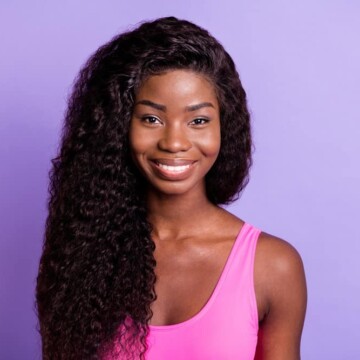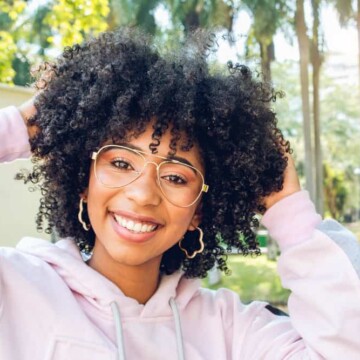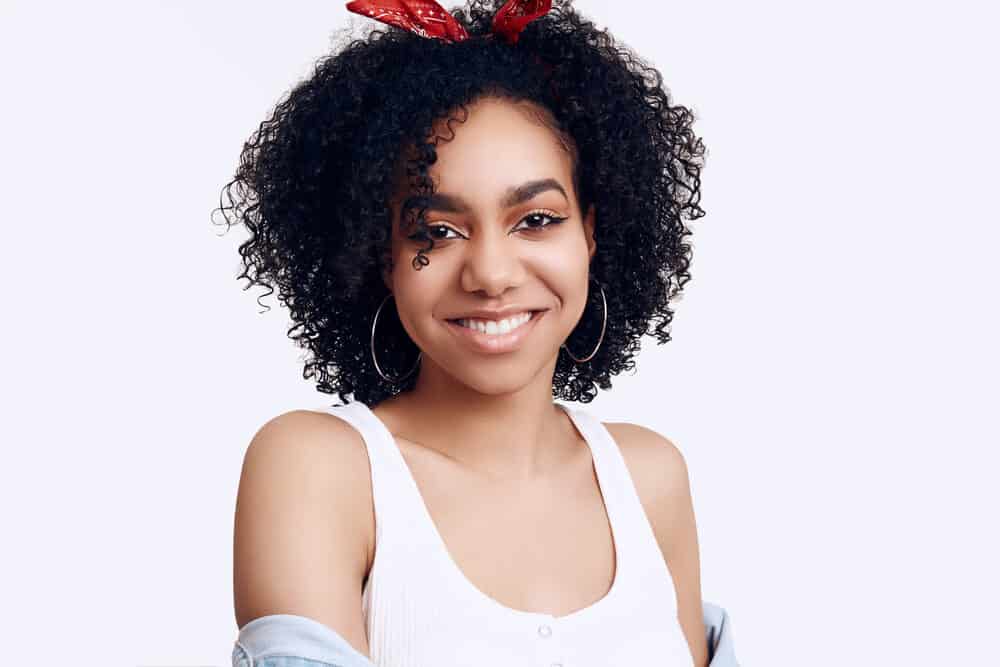
Hair extensions have been popular for several generations due to their many benefits. They can add length and volume to your hair (i.e., thicker hair) while requiring relatively little maintenance, with most types of extensions lasting four weeks or longer.
Nevertheless,
In this article, we’ll get to the bottom of this and give you tips to minimize damage should you try extensions.
Table of Contents
Are Hair Extensions Bad For Your Natural Hair?
Do
So, it's clear that
The Potential Risk of Hair Damage by Hair Extension Type
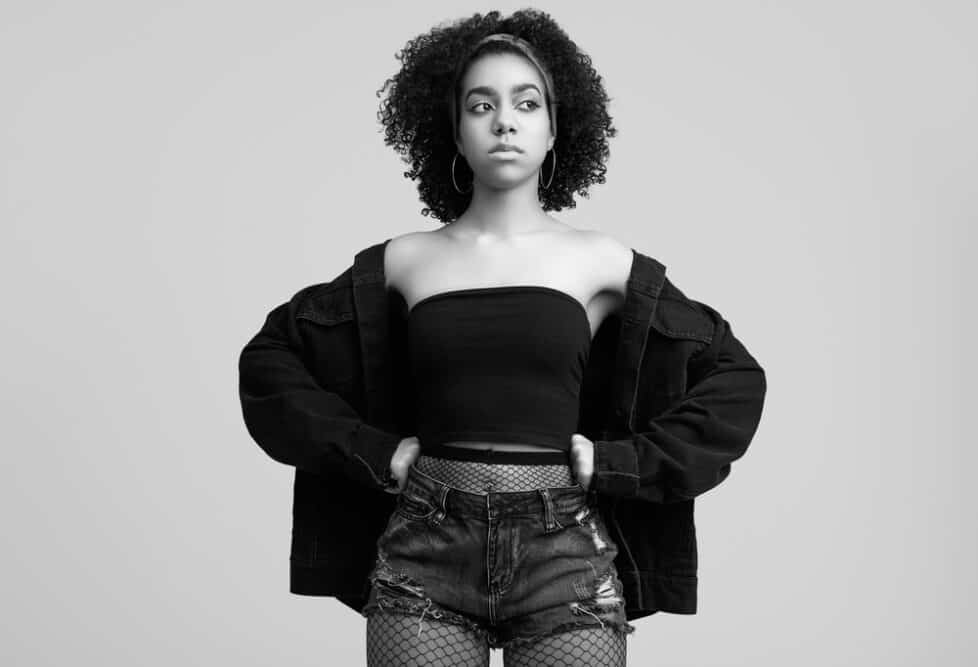
Every extension type comes with its own damage risk. In this section, we’ll introduce you to several popular extension types and their relative risk of damage.
Note: The damage risks outlined below are not exact. When the extensions are installed and maintained appropriately, the risk is minimized.
Clip-in Extensions: Low Damage Risk
Clip-in extensions are weft extensions attached to a hair clip. To install them, all you need to do is clip the wefts of hair onto your roots.
The extensions can be clipped in and removed in minutes. Unfortunately, this extension type can cause damage to your hair if they are left in longer than a day or two.
The clips are far too heavy for most people’s hair to support for an extended amount of time.
Also, if you don’t take them out at night, you could experience scalp irritation from the clips. We don't recommend wearing clip-ins if you have thinner hair strands.
Sew-in Hair Extensions : Moderate Damage Risk
Sew-in
When the cornrows used to anchor the extensions are braided too tightly, they can cause thinning hair, increased shedding, and hair brittleness.
In cases where a sew-in is not removed within 8 weeks, the wearer could experience extreme buildup and lose lots of hair when they remove the extensions.
Micro Ring Extensions: Moderate Damage Risk

Micro-ring extensions are essentially small extension strands designed to be attached to your hair with the help of metal/silicone rings.
To install them, you section off small sections of natural hair, pull your hair through the micro ring, feed the extension strand through the ring, and then clamp the ring down to secure.
The issue with micro ring extensions is that the rings can slip down your hair after some time, which can cause tension and breakage to your natural hair.
Also, your hair could become weak where the micro ring is installed (near your root). Also, if micro ring extensions are not installed correctly, you could experience pain and tension that could pull your natural hair out at the roots.
Glue-in Extensions: Moderate to High Damage Risk
Glue-in extensions are weft extensions that you secure to your roots with specialized bonding glue. While glue-in extensions are easy to apply, they can be highly damaging to the hair.
When the extensions are glued incorrectly (onto the scalp), the glue can clog your hair follicles, irritate your scalp, and inhibit hair growth. It can also be challenging to remove all of the glue from your hair, causing buildup over time.
Tape-in Hair Extensions : Low Damage Risk
Tape-in
We love these extensions because, when they are installed correctly (which is extremely easy to do), the chances of damage are low. Tape-ins are lightweight and easy to remove, provided that you use a tape removal solution.
Note: All
The Ultimate Risk: Traction Alopecia from Hair Extensions Damage
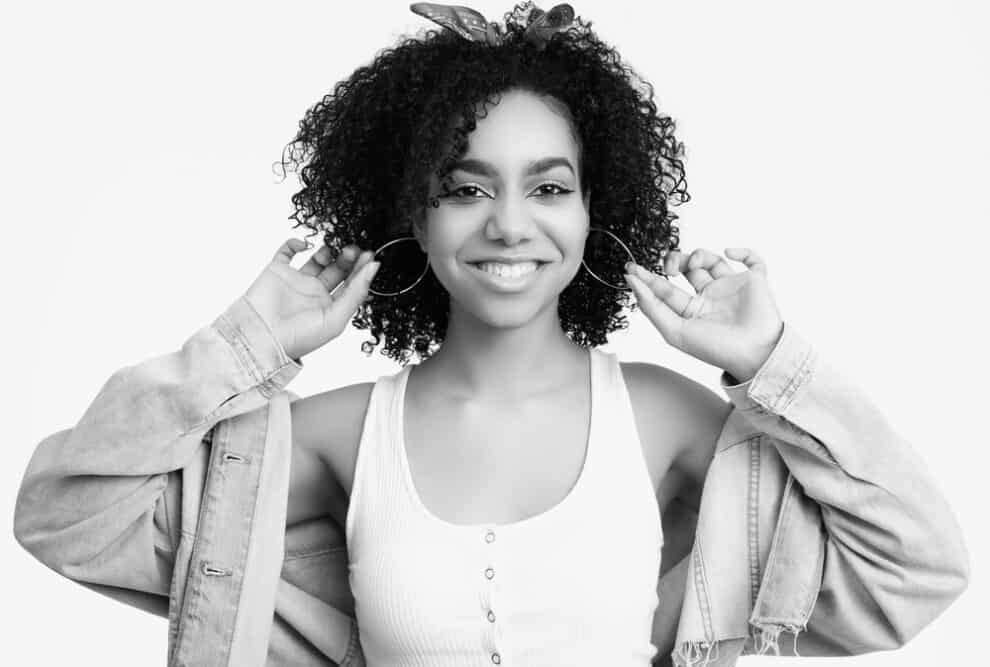
Traction alopecia is hair loss caused by constant tension on the hair. It can be caused by heavy extensions, wearing your hair in tight braids frequently, or wearing tight ponytails, buns, and braids.
Traction alopecia may be reversible if you take a break from extension styles that cause it. However, failing to act when you see evidence of hair loss can lead to permanent hair loss and scalp damage.
How to Mitigate Damage from Hair Extensions
If you have damage from extensions, don’t worry! Most damage from
Here are some ways you can reduce and prevent damage from
Give Your Hair a Break to Prevent Damaged Hair
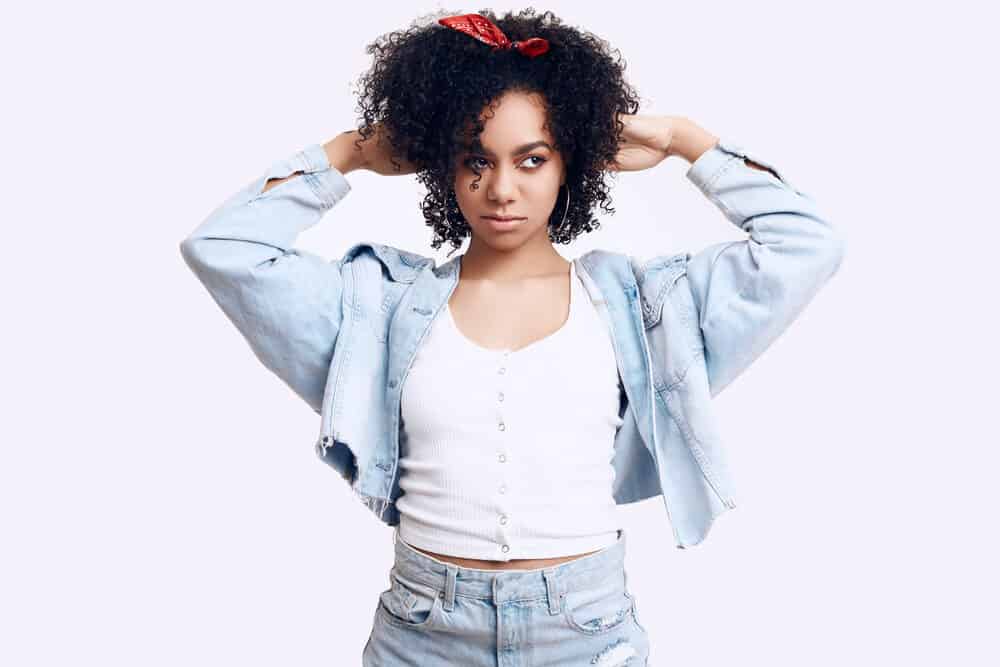
The best way to mitigate damage from
Also, on the topic of maintenance, certain types of extensions need to be refitted every few weeks (including tape-in extensions and micro ring extensions).
When you go for regular refitting sessions (i.e., maintenance appointments), the
Strengthen Your Natural Hair
Strengthening your natural hair will enable it to better hold the weight of extensions and reduce the risk of hair loss.
You can use hair products, such as moisturizing conditioner, deep conditioning hair treatments, and other products with ingredients like collagen, silk proteins, and hyaluronic acid to strengthen your natural hair.
Some professionals recommend doing a weekly pre-poo treatment with coconut oil or aloe vera gel to strengthen your hair.
It’ll give your strands, scalp, and hair follicles a dose of moisture and protect them from the harshness of the shampoo. Leave it in for at least twenty minutes, and then shampoo your hair as usual.
Best Practices for Wearing Hair Extensions
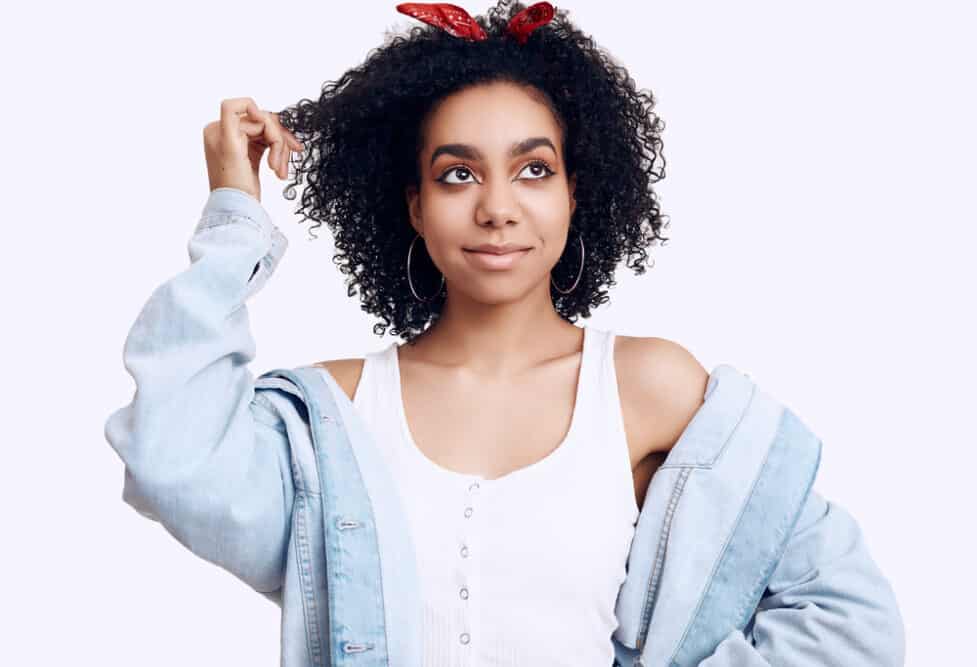
Now that you know which hair extension types can cause damage and how to mitigate that damage, let's discuss some hair extension best practices everyone should follow:
- Avoid back-to-back extensions - Whenever possible, avoid getting new extensions installed right after removing a previous set. Take at least a week or two to give your precious hair and scalp some room to breathe. If you notice any pain, hair loss, or sores on your scalp while wearing extensions, have the extensions removed immediately and take a break from extensions to let your scalp heal.
- Wash
hair extensions gently and sparingly - Experts recommend that you wash yourhair extensions as infrequently as you can handle. The best-case scenario is to go at least one to two weeks between washes to maximize the life of your extensions. But if you ever have buildup or itching, a good wash is in order. - Protect your extensions - Sleep on satin or silk pillowcase or wear a silk or satin bonnet or hair wrap to protect your extensions. Doing so will keep your extensions from drying out and keep them as neat as possible.
- Keep your extensions detangled - Brush your hair daily to avoid tangles and mats that could be a nightmare to remove.
There you have it -
Using the mitigation tips we’ve mentioned in this article, you can minimize your risk of adverse hair outcomes a great deal. We hope that this article is helpful to you as you explore the ins and outs of extensions.

